A well-designed incentive plan is one of the best ways to positively shape employee behavior toward improving your company’s overall financial performance.
To the Point: A well-designed profit-based employee incentive plan fosters lasting behavioral change and promotes a “we win together” company culture.
Employee incentive plans are often overly complicated and disconnected from real day-to-day company activities. The goals set by these plans may be unrealistic or unattainable, and sometimes the payouts are too small to make a real difference. For these plans to function and generate earned compensation, it must work for everyone involved–ownership, management and employees. That’s the power of a profit-based incentive plan.
Benefits of Profit-Based Employee Payout Plans
Profit-based plans involve designating a percentage of company profits to an incentive pool for quarterly or annual distribution among eligible employees. The profit-based approach directs employees’ focus toward reaching a common goal and gives them a sense of ownership. In turn, employee productivity and engagement increase. Plus, this approach allow companies to meet basic obligations for return on investment, taxes, capital investment and debts.
Show Them the Money
Most employees think a company’s bottom-line profit is 30 to 50 percent of sales. Knowing the real numbers makes a big difference in how employees respond to an incentive plan. Successful companies share a reasonable level of financial information with employees so that individuals and departments can understand how they directly impact the plan and how they contribute. Simplifying the company’s income statement for your employees will engage them in the discussion of improvements they can make that could contribute to an increase in payouts.
Looking for a comprehensive, fast read on profit-based employee incentive plans? Check out “Profit Works” by Alex Freytag and Tom Bouwer (2020).
Profit-Based Plan Model
Here’s a simple example of a profit-based incentive plan. In this model, ownership targets 20 percent ROI each quarter or year; this is the “trigger point.” All profit over that amount is split evenly between the company, management and employees. The percentage of the pool an employee receives if the company surpasses the trigger is typically based on salary. (The greater their salary, the greater the share of the pool they’ll receive.) If the company doesn’t pass the trigger, there are no payouts for that period.
Implementing a Profit-Based Program
Profit-based plans are highly effective for established companies with steady profit earnings. Depending on the size of your company, it might be beneficial to consult a plan administrator or financial institution when creating this plan.
The basic steps of building and implementing the plan include drafting a written outline detailing which employees are eligible to receive payouts and how profits are to be allocated and distributed, creating a thorough recordkeeping system to keep track of profits and payouts, and helping employees understand how the plan works and how they impact payouts. When designed and implemented correctly, a profit-based employee incentive program is simple, easy to compute and beneficial for everyone involved.
By the Numbers: Sample Profit-Based Incentive Plan
Company profit trigger: $500,000
Company profit = $750,000
Incentive pool: $250,000
Management payout: $82,500
Employee payout: $82,500
Company profit after payout: $500,000 + $82,500
Want to learn about more strategies to implement in your business? Find out more here!







